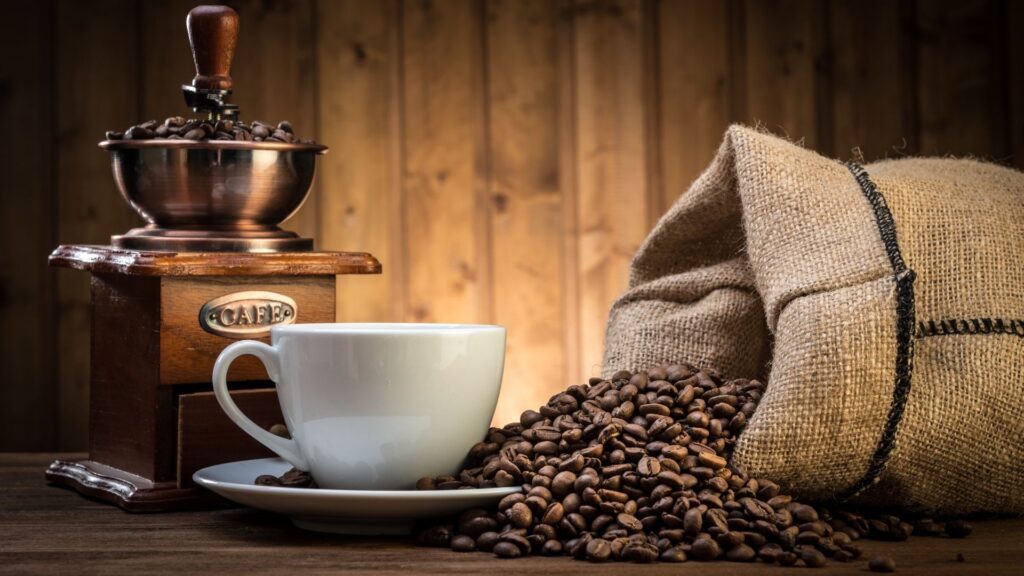
Coffee, Serving Happiness in a Cup
There are those who prefer tea to those who prefer coffee. Coffee drinkers appear to be more extravagant than tea drinkers when it comes to their favorite beverage. One could ask how many cups of coffee are too many.
A steaming cup of coffee is the first thing millions of people reach for every morning, and there are a variety of reasons why they do so. Shift workers and early morning workers frequently rely on coffee to get through the day.
Caffeine is the component that most coffee drinkers enjoy in their favorite beverage. While this is the most obvious answer and what most people think is the most important reason, it is not the only one. Caffeine has two effects on why people drink coffee. For starters, the caffeine in coffee gets people’s blood flowing and makes them feel stimulated.
Coffee’s health benefits are debatable. Contrary to popular belief, there are numerous benefits to drinking coffee. It is abundant in antioxidants and has been associated to a lower risk of numerous diseases. It does, however, contain caffeine, a stimulant that might cause issues and disrupt sleep in certain people. If you enjoy coffee and are curious about what it means to be a coffee addict, this article is for you. Sirwiss-partnered nutritionists investigate coffee and its health repercussions in depth, exploring both the benefits and drawbacks for you.
Different Types of Coffee
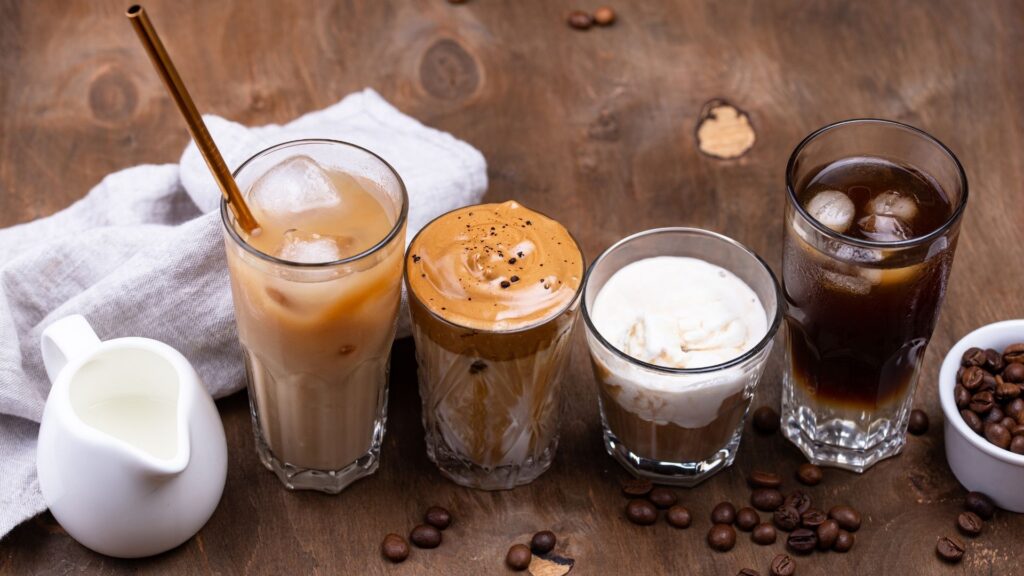
Arabica and Robusta are the two varieties of coffee beans typically sold in supermarkets. You may be pondering whether Arabica and Robusta are distinct. Certainly, there is. Let’s get straight to it.
1. Arabica
Arabica coffee is by far the most widely consumed variety. Many coffee connoisseurs claim that Arabica beans produce the best tasting coffee. Arabica beans, which are used most frequently for black coffee, are known for their sweeter and more nuanced flavor. Despite its widespread consumption, Robusta coffee actually contains more caffeine.
2. Robusta
Robusta coffee beans are a cheaper and stronger alternative to the more expensive and more common Arabica beans. Robusta’s harsh taste makes it ideal for espresso beverages and instant coffee blends.
How Many Coffees are There?

It’s incredible what can be done with just a few tiny beans. Although we’ve covered the two most common varieties, there are actually four distinct kinds of coffee beans. Arabica, Robusta, Excelsa, and Liberica are the four varieties of coffee beans available. The label on your favorite latte, americano, or affogato should always tell you what kind of coffee bean was used to produce it.
There is a wide world of coffee beverages out there to explore, whether you’re a complete coffee novice or a seasoned expert. Some of the most frequently requested coffee varieties around the country are listed below.
1. Black
The simplest way to make black coffee is to soak ground coffee beans in hot water and serve it hot. And if you want to sound fancy, you can call black coffee by its real name, cafe noir. Since coffee doesn’t have milk or sugar added to it, its quality is even more important.
2. Latte
The latte is the most famous coffee drink. It has a shot of espresso, steamed milk, and just a touch of foam on top. You can get it plain or with a shot of any taste, from vanilla to pumpkin spice.
3. Cappuccino
Cappuccino is a type of latte that has more foam than warmed milk and is usually topped with cocoa powder or cinnamon. Some versions use cream instead of milk or flavor shots. Well, did you know you can get mushroom coffee?
4. Americano
The Americano is made by diluting an espresso shot with hot water. It tastes similar to black coffee. If you make your own coffee, pour the espresso in first and then add the hot water.
5. Espresso
An espresso shot can be served on its own or as the base of most coffee drinks, like lattes and macchiatos. If you like to make coffee at home, espresso machines will help you turn your home into a coffee shop.
6. Doppio
The doppio is a double shot of espresso that is great for giving you more energy.
7. Cortado
The espresso and warm hot milk in a cortado go well together, like yin and yang. The milk is used to cut down on the acidity of the espresso.
8. Eye Red
The name “red eye” comes from those annoying trips that leave at midnight. A full cup of hot coffee with a shot of espresso in it will make your heartbeat faster for sure.
9. Galão
This hot coffee drink comes from Portugal and is similar to the latte and cappuccino. The only difference is that it has about twice as much foamed milk as the other two, which makes it lighter.
10. Lungo
A lungo is a long-pull espresso. The more coffee there is and the more ounces you can drink, the longer the pull.
11. Macchiato
The macchiato is another drink made with espresso and a little bit of foam on top. It’s a good mix of coffee and a double shot.
12. Mocha
If you like chocolate, a mocha will make you fall in love (or maybe you already have). The mocha is a drink made of espresso, hot milk, and foamed milk.
13. Ristretto
This is a shot of espresso. It uses less hot water, which gives it a sweeter taste than a standard shot of espresso or a doppio, which has a bitter taste.
14. Flat Black
This drink, which was created in Australia, is basically a cappuccino without the foam or chocolate sprinkles. It’s a drink made with espresso and steamed milk.
15. Affogato
The affogato is a way to have ice cream any time of day (and, in my opinion, any time of year). Comes with a scoop of ice cream and either one or two shots of espresso. The affogato tastes even better when it is put on top of a brownie.
16. Café au
Lait Café au lait is great for people who like coffee but don’t want much taste. Just add a bit of warm milk to your coffee, and you’re good to go.
17. Irish
Irish coffee is made with black coffee, whiskey, sugar, and whipped cream on top. Here’s how to make Irish coffee, which will warm you up right away.
Coffee Contains a Variety of Nutrients
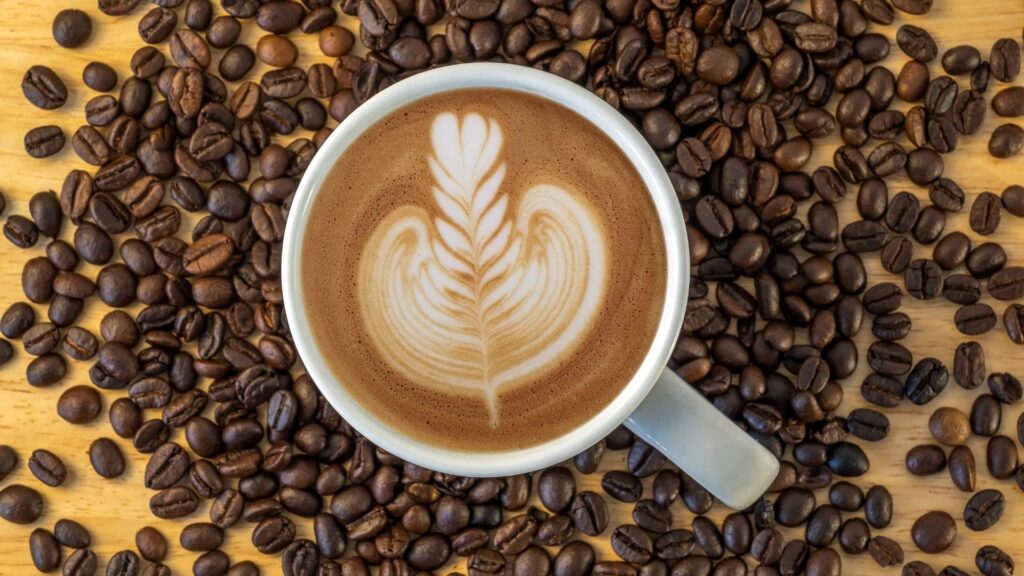
Coffee is rich in many of the nutrients naturally found in coffee beans.
- A typical 8-ounce (240-ml) cup of coffee contains:
- Vitamin B2 (riboflavin): 11% of the DV
- Vitamin B5 (pantothenic acid): 6% of the DV
- Vitamin B1 (thiamine): 2% of the DV
- Vitamin B3 (niacin): 2% of the DV
- Folate: 1% of the DV
- Manganese: 3% of the DV
- Potassium: 3% of the DV
- Magnesium: 2% of the DV
- Phosphorus: 1% of the DV
This may not seem like much, but when you factor in the number of glasses you drink every day, you can see how it can contribute significantly to your dietary needs. But what makes coffee special is the abundance of antioxidants it contains. Coffee provides more antioxidants than the usual Western diet’s fruits and vegetables combined.
Enhance Brain Function and Boost Metabolism
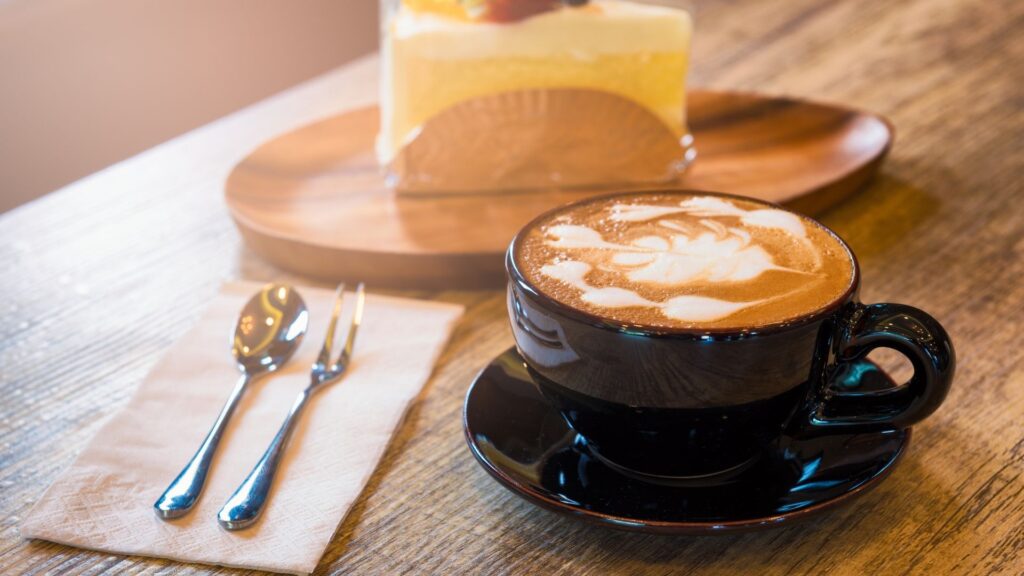
Caffeine is the most widely used psychoactive drug in the world. Caffeine is found in soft drinks, tea, and chocolate, but coffee is the most common source. The caffeine concentration of a single cup can range from 30-300 mg, although the average cup has 90-100 mg. Caffeine is a well-known stimulant. It inhibits the activity of an inhibitory neurotransmitter (brain hormone) called adenosine in the brain.
Caffeine enhances brain activity by inhibiting adenosine and releasing other neurotransmitters such as norepinephrine and dopamine. This decreases weariness and increases alertness. Numerous studies show that caffeine can improve mood, reaction time, vigilance, and general cognitive function in the short term.
Caffeine can also increase metabolism by 3-11% and workout performance by 11-12% on average. However, some of these effects are most likely only temporary. If you consume coffee every day, you will develop a tolerance, and the effects will be less potent.
Lower Risk of Type 2 Diabetes
High amounts of glucose in the blood are a sign of type 2 diabetes, which is caused by insulin resistance. Over the past few decades, the number of people with this common illness has increased by a factor of ten, and there are now more than 300 million of them. Some studies show that people who drink coffee may have a 23%-77% lower chance of getting this illness. A meta-analysis of 18 studies that looked at 457,922 people found that coffee drinkers have a 7% lower chance of getting type 2 diabetes.
Lower Risk of Liver Diseases
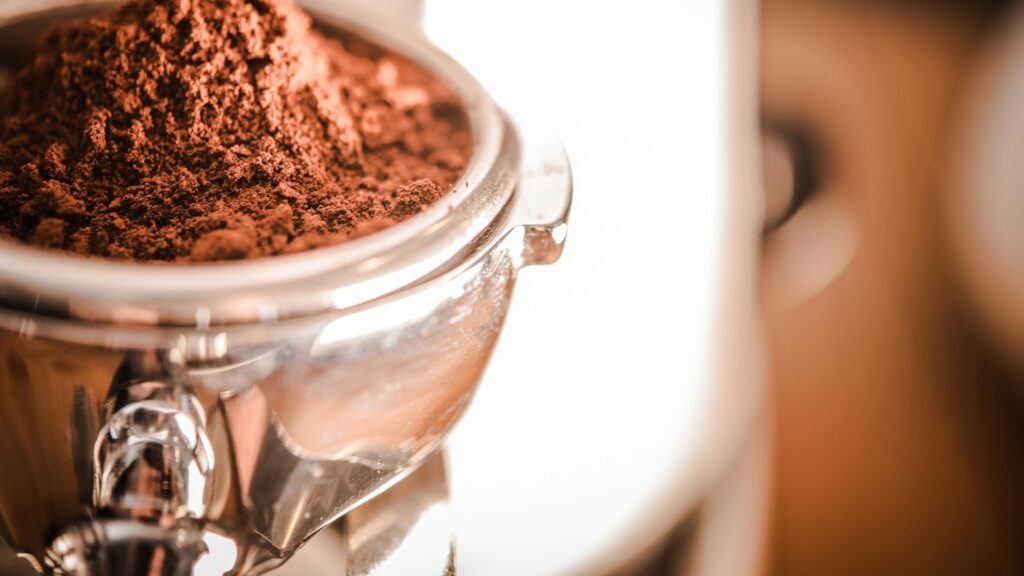
The liver is a very important organ that does many important things in the body. It doesn’t do well with too much sugar or booze. In the last stage of liver disease, called cirrhosis, scar tissue grows in place of the healthy liver. People who drink four or more cups of coffee every day have the best protection, with an 84% lower chance of getting cirrhosis. Likewise, liver cancer is quite common. It is the second leading cause of death for cancer patients everywhere. People who drink coffee are 40% less likely to get liver cancer.
Coffee Drinkers are Less Depressed and Suicidal
Depression is the most frequent mental condition in the world, and it greatly reduces one’s quality of life. According to a 2011 Harvard study, persons who drank the most coffee had a 20% decreased risk of becoming depressed. People who drank four or more cups of coffee per day were 53% less likely to commit suicide, according to a review of three studies.
Caffeine Can Induce Anxiety and Interrupt Sleep
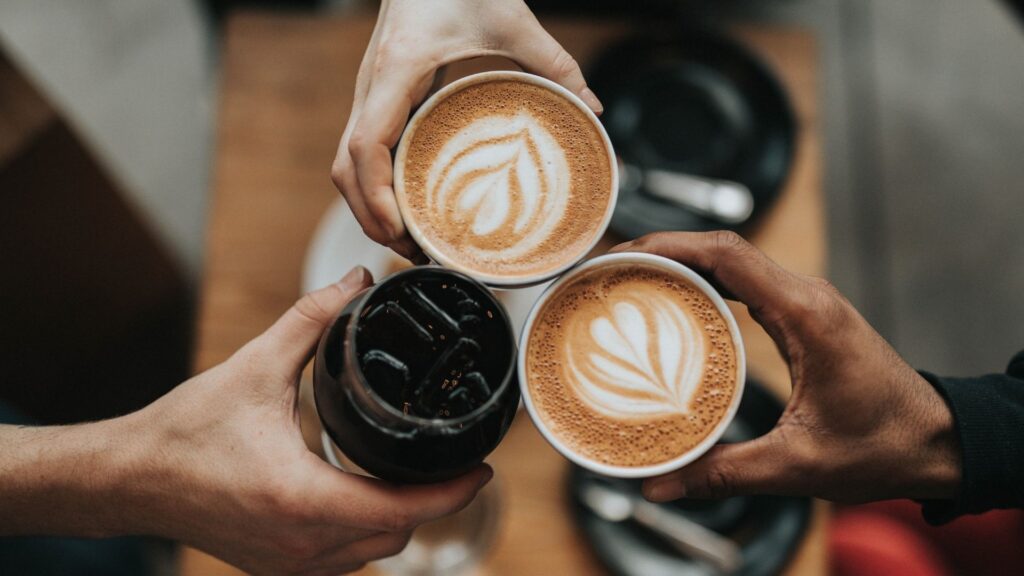
It would be wrong to just discuss the positive without acknowledging the negative. The truth is that coffee has some drawbacks, albeit this varies by individual.
Caffeine overdose can cause jitteriness, anxiety, heart palpitations, and even aggravated panic attacks. If you are caffeine sensitive and easily overstimulated, you should avoid coffee.
Another unfavorable side effect is that it can cause sleep disruption. If coffee interferes with your sleep, try quitting late in the day, such as around 2:00 p.m.
Caffeine can also have diuretic and blood pressure-raising effects, though these normally fade with continued use. However, a slight increase in blood pressure of 1-2 mm/Hg may persist.
Caffeine Dependency Causes Withdrawal
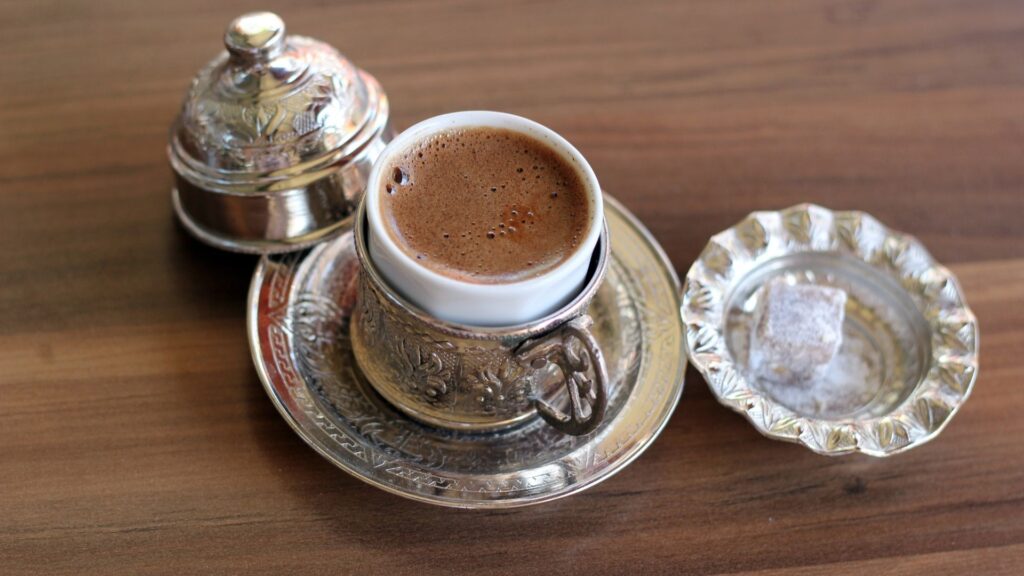
Caffeine addiction is another major problem. Caffeine tolerance develops in chronic consumers. Either it ceases to be effective, or a higher dose is required to achieve the same results. Caffeine withdrawal causes unpleasant physical and mental symptoms in those who try to cut back or quit the habit. Some days may pass with this condition. Physical addiction is characterized by tolerance and withdrawal.
How to Get the Most Health Benefits from Coffee
There are some things you can do to make the most of the health benefits of coffee. The most important thing is to not put a lot of sugar in it. You can also make coffee with a paper filter. Unfiltered coffee, like that from a Turkish or French press, has cafestol in it, which can raise cholesterol levels. Keep in mind that some coffee drinks at cafés and chains have hundreds of calories and a lot of sugar. If you drink these drinks all the time, it’s bad for your health. Lastly, make sure to not drink too much coffee.
Many of the studies cited here are observational, so keep that in mind. They looked at the correlation between coffee use and health consequences, but they did not establish a causation. However, the association is robust and consistent across studies, suggesting that coffee may have a beneficial effect on health. Despite its negative reputation in the past, scientific research suggests that coffee is actually rather beneficial for health. Coffee, if anything, should be considered a healthful beverage on par with green tea.